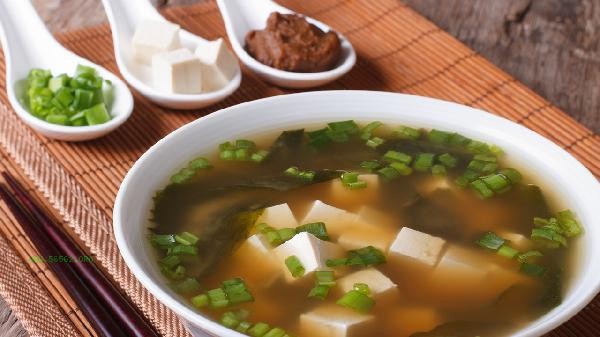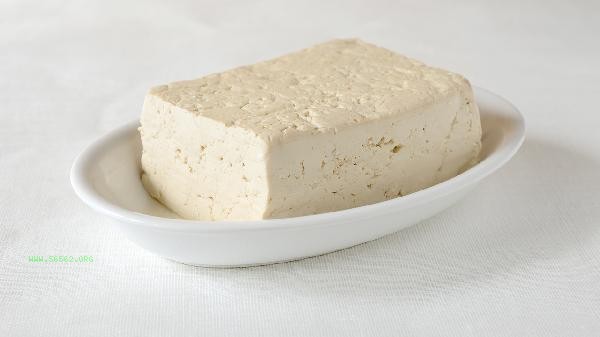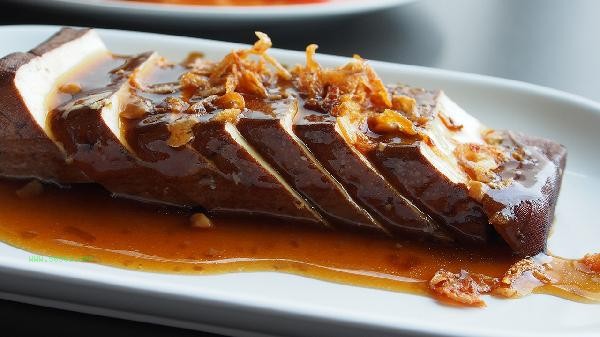Tofu is prone to breakage mainly due to factors such as production process, use of coagulants, and quality of raw materials. The weak texture of tofu is mainly affected by the concentration of coagulant, soybean milk, pressing time, temperature control, and preservation methods.

1. Concentration of coagulants
A high proportion of coagulants can lead to tofu texture that is too tight and easy to crack, while a low concentration can make it difficult to form. When using magnesium chloride solution for traditional brine tofu, it is more suitable to control the concentration at 8% -12%. As a commonly used coagulant in modern times, the dosage of glucolactone is generally about 0.3% of the weight of soybean milk. The coagulation speed of proteins varies significantly among different coagulants, and the ratio needs to be adjusted according to product requirements.
2. soybean milk concentration
The solid content of soybean milk directly affects the water retention of tofu. It is suggested that the concentration of soybean milk for making old tofu should be controlled at 10-12 baume degrees, while 8-10 baume degrees for tender tofu. Too thin soybean milk will lead to loose protein network structure, and too thick may lead to uneven coagulation. The use of soybean milk with sufficient wall breaking can form a more uniform gel structure.
3. Pressing time
Northern tofu usually requires 15-20 minutes of gravity pressing, while southern tofu only requires 5-10 minutes of light pressing. insufficient pressure can result in excessive water retention, while excessive pressure can damage the protein backbone. Adopting a staged pressurization method, starting with gentle drainage and gradually increasing pressure, can better maintain the integrity of tofu. After compression, it needs to be left to cool and solidify.

4. Temperature control
The cooking temperature of soybean milk should be above 95 ℃ for 5 minutes to completely kill the enzyme, but should not exceed 100 ℃ to avoid excessive protein denaturation. The optimal temperature for spotting is 75-85 ℃. If the temperature is too low, it will affect the solidification reaction rate, while if it is too high, it will cause rapid solidification and rough texture. Maintaining an environment of around 60 ℃ after solidification is beneficial for the stability of protein networks.
5. Storage Method
Fresh tofu should be soaked in cold boiled water and refrigerated for 3-5 days with daily water changes. Freezing storage can cause ice crystals to damage the honeycomb structure of tofu, making it fragile after thawing. Avoid severe vibrations during transportation, and do not stack excessively during storage. Vacuum packaging can effectively extend shelf life but may alter taste.

To make high-quality tofu, fresh non GMO soybeans should be selected, soaked for 6-8 hours in summer and 10-12 hours in winter, and the water bean ratio should be controlled during grinding. Slowly stir during grouting to avoid damaging the solidification process, and cool down and shape in a timely manner after molding. Blanching with salt water before consumption can enhance toughness, and avoid vigorous stir frying during cooking. Although tofu made with traditional techniques has a short shelf life, it has a higher taste and nutritional value. It is recommended to choose the appropriate technique according to the consumption needs.








Comments (0)
Leave a Comment
No comments yet
Be the first to share your thoughts!